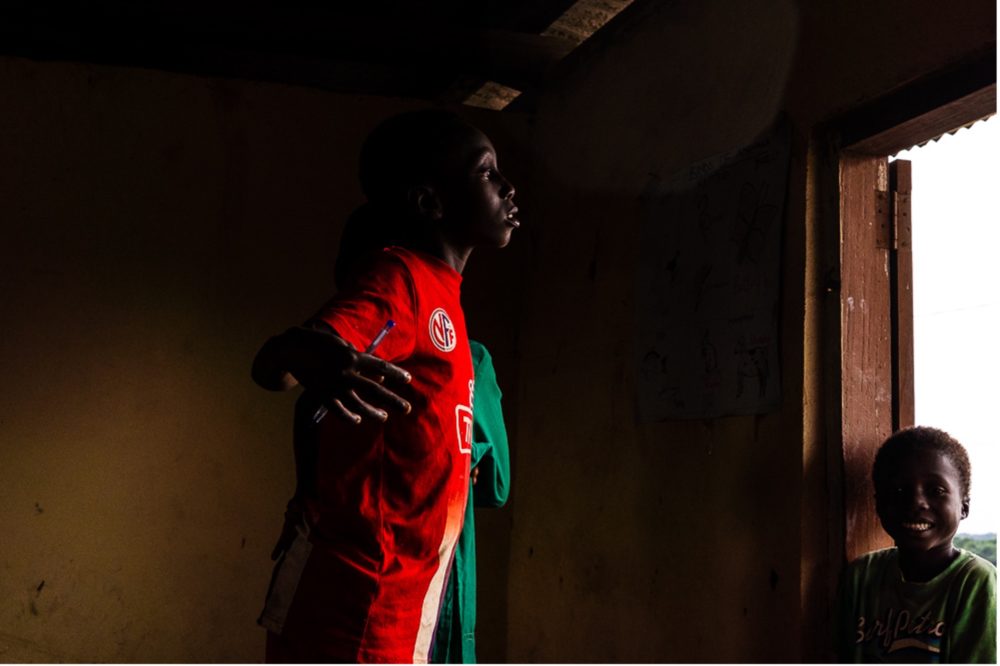HOW STREET PHOTOGRAPHY CHANGED MY LIFE:
“Approaching Strangers”
BLOG SERIES BY ALEC RILL – Part 4
Welcome back to my blog. Last week we explored the way we can suspend judgement and create trust in order to take honest photographs and, in a social context, create meaningful conversations.
In order to do that, we first need to approach strangers. Sounds easy, right?: Look for an interesting subject and approach them and ask them if it’s OK to take their picture. If only!
First, let’s establish that I want to interact with my subjects to create trust and capture their soul, not just a pose or a smiley face.
Consider the following photograph, a beautiful moment no doubt. I asked them to disregard me and act naturally. All I needed to do was get out of the way. But even getting out of the way needs a gentle touch and human interaction: They trusted me enough to do what they were doing without posing or being self-conscious (or changing benches).

Approaching strangers is an art which requires different approaches depending on the circumstances. Sometimes your body language suffices to get your subject to agree to be photographed; other times you will need to stay with the person or scene for a while before they forget that you are there. Sometimes your subject will not stop posing so you need to move on.
There are also legal and ethical considerations. New York law allows you to take pictures of anything and anyone in a public space. In contrast, under French law, the photographer must have permission to take and publish images made of people on the street.
I printed a “business card” (see below) with a photo of the children in Ghana on the front and, on the back, a short explanation of why I take pictures and that I am within my rights.


The card became less of an explanation and more of a sign that I am friendly, mean no harm, and will not sell my photos for commercial use. It’s a conversation starter aimed at helping to break the ice and start a more meaningful interaction.
To practice how to approach strangers, start with baby steps. Photograph a parade or other public event where people expect to be photographed. Start with a 50mm lens, if you are more comfortable with that then move onto using a wide-angle lens. Be aware of the environment, what your subject is doing, and whether you are interrupting if you approach.
Use all the tools we discussed in part 2 (Reading People) on how to read other people. Be aware of their body language, and be aware of YOUR body language.
Consider this moment in Ghana. I happened to pass through a town where boys were playing soccer. I approached the scene from a distance. I didn’t want to disturb the testosterone-infused youth.

But this is not the photo I was after.
I happen to be a soccer aficionado and saw the Ghana team play in the Mexico Olympics in 1968. These kids in Ghana seemed to know about world soccer and the eternal competition between Mexico and Ghana.
I used this fact to approach the spectators, the kids watching the game from inside their home. They let me in and proceeded to disregard me. I was able to catch (using my 28mm lens) the happiness and intensity I saw in them while they were watching their teammates, as you can see in this picture:

A different example, below: I saw these women making dresses in the middle of the road. I stopped, admired their work, told them about my father’s dress factory from when I was a child growing up in Mexico.
At first, they asked for money and posed, but when direct payment is involved, the entire scene becomes a transaction and they want you to tell them where to stand and how to pose—the exact opposite of what I want in my photos.
After a half hour of laughing and admiring their clothes, they finally went on doing what they were doing, which was sewing and conversing about their children and neighbors.
I was transparent, and I liked it.

Once you feel comfortable photographing public events and you start losing your inhibitions and approaching people, you can start using all the tools in your arsenal to establish the elusive connection: engage, make eye contact, use body language to express your openness, explain why you take photos, flatter your subject, show on the back of your camera the photos you take, and offer trinkets from your country. Walk away if you sense hostility. Delete the picture if asked to.
But most importantly, be yourself! Approach your subject with confidence. If you are unsure and nervous, it will show and your subject will be nervous (mirror neurons at work).
Honesty is contagious and creates the right conditions to establish a connection, whether temporary or lasting.
In my next post, we will further discuss how to approach strangers in other creative ways.
Until then…keep taking pictures.
Alec Rill

























